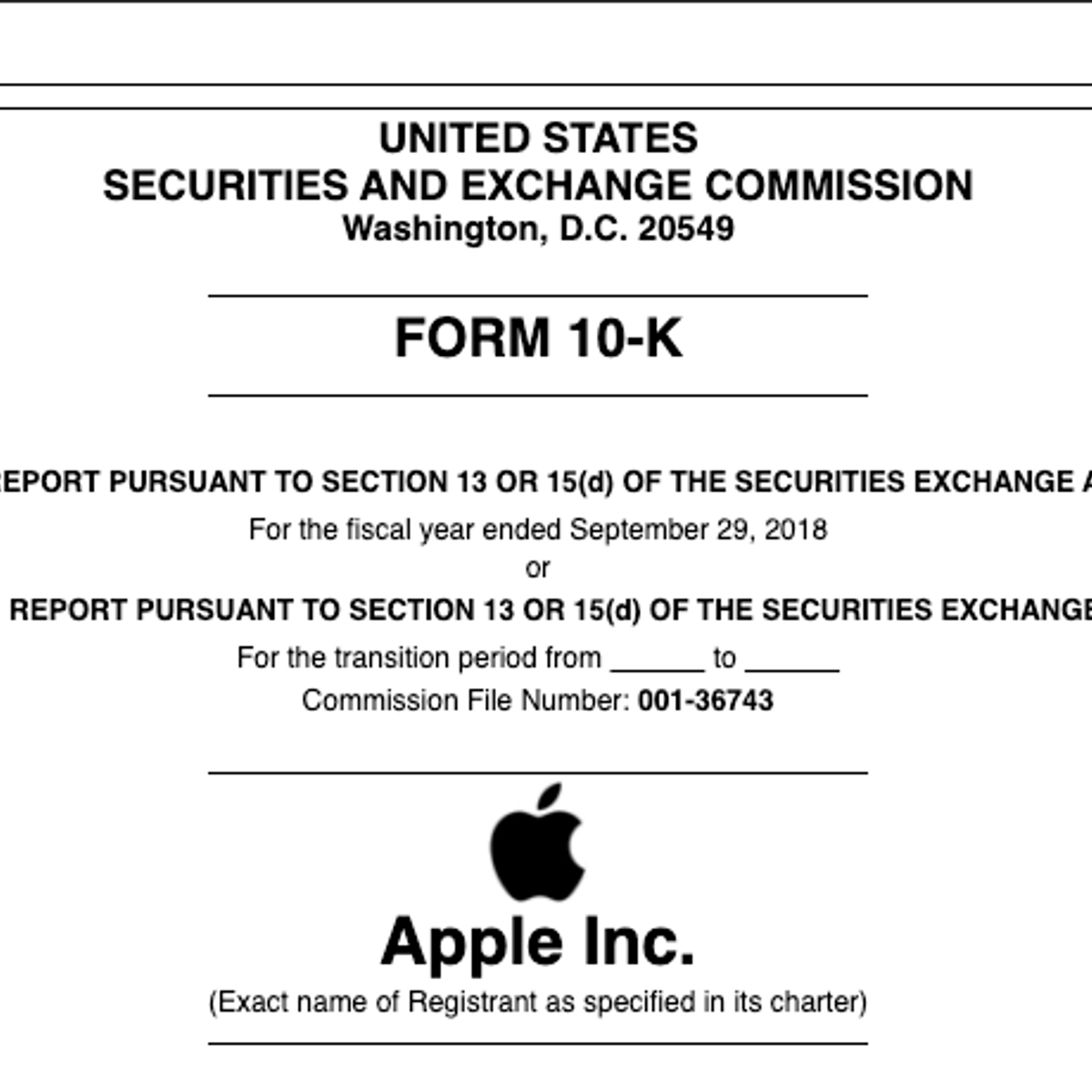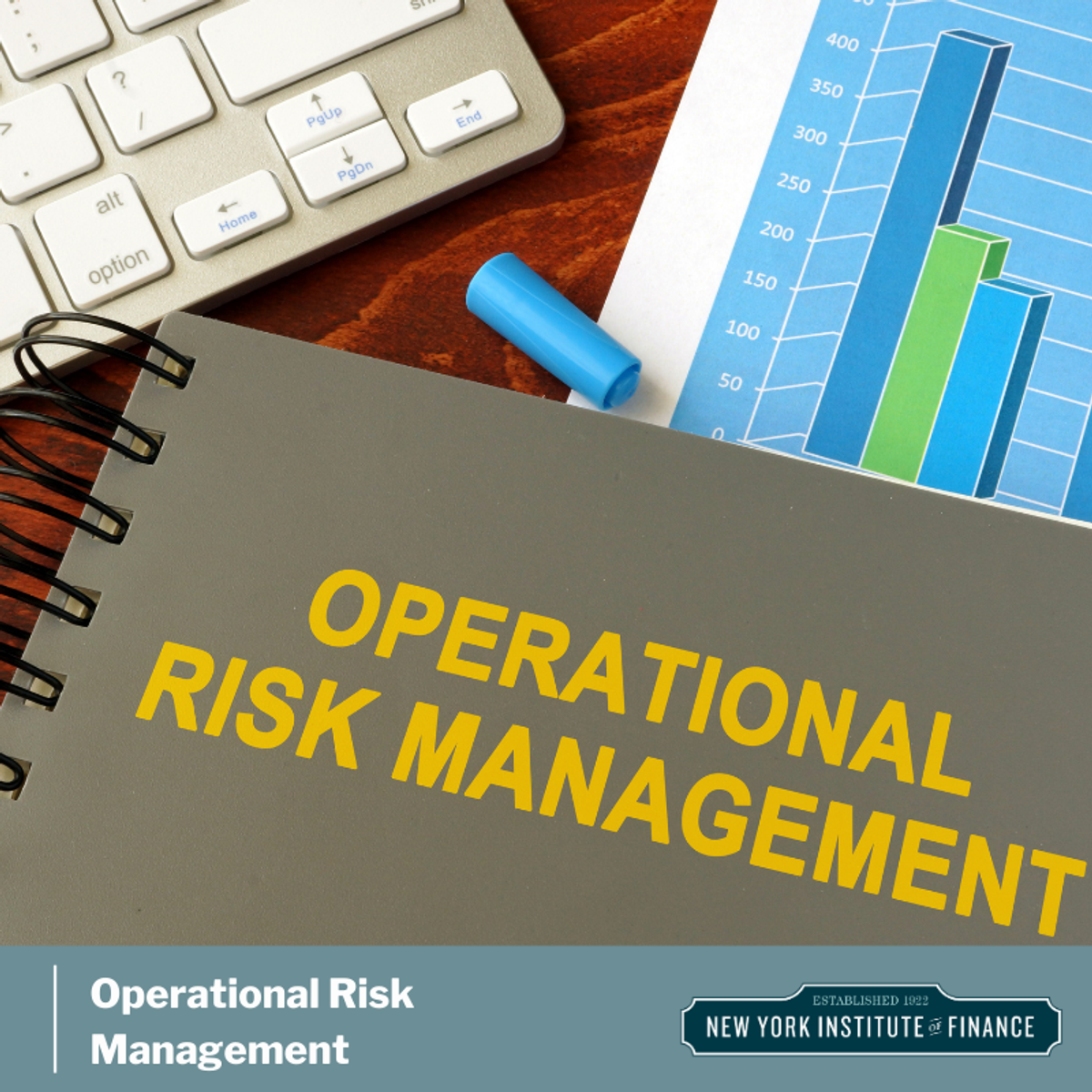Back to Courses









Finance Courses - Page 4
Showing results 31-40 of 270

FinTech Law and Policy
Being a successful FinTech firm requires more than just great technology; it also requires an understanding of the laws and regulations applicable to your business. This course will provide you with that understanding. You will learn about the critical legal, regulatory, and policy issues associated with cryptocurrencies, initial coin offerings, online lending, new payments and wealth management technologies, and financial account aggregators. In addition, you will learn how regulatory agencies in the U.S. are continually adjusting to the emergence of new financial technologies and how one specific agency has proposed a path for FinTech firms to become regulated banks. You will also learn the basics of how banks are regulated in the U.S.
If you are unfamiliar with how these new financial technologies work, fear not. We will begin each new course section with a high-level overview of the underlying technology. While the course is principally focused on the U.S. FinTech industry, we cannot possibly cover every relevant legal and regulatory issue. Therefore, this course should not be construed as legal advice. Rather, the goal of the course is to familiarize you with the key legal and regulatory challenges FinTech firms in various sectors face, as well as the critical policy debates that are occurring in Washington D.C. and state capitals across the country.

Financial Forecasting and Reporting
This course discusses how public projects are evaluated using cost-benefit analysis. Learners discover how interest rates and prices for stocks and bonds are determined. Techniques are presented on how to create departmental budgets for engineering cost centers and pro forma statements for profit centers. Learners then work with corporate financial statements to assess a company’s financial health, including recent measures of environmental, social, and corporate governance (ESG).
This course can be taken for academic credit as part of CU Boulder’s Master of Engineering in Engineering Management (ME-EM) degree offered on the Coursera platform. The ME-EM is designed to help engineers, scientists, and technical professionals move into leadership and management roles in the engineering and technical sectors. With performance-based admissions and no application process, the ME-EM is ideal for individuals with a broad range of undergraduate education and/or professional experience. Learn more about the ME-EM program at https://www.coursera.org/degrees/me-engineering-management-boulder.

Financing and Investing in Infrastructure
Learn how debt and equity can be used to finance infrastructure investments and how investors approach infrastructure investments!
According to the OECD, the global infrastructure investment requirement by 2030 for transport, electricity generation, transmission & distribution, and water & telecommunications totals to 71 trillion dollars. This figure represents about 3.5% of the annual World GDP from 2007 to 2030.
The European Commission estimated, that by 2020, Europe will need between 1.5 - 2 trillion Euros in infrastructure investments. Between 2011 and 2020, about 500 billion Euros will be required for the implementation of the Trans-European Transport Network (TEN-T) program, 400 billion Euros for Energy distribution networks and smart grids, 200 billion Euros on Energy transmission networks and storage, and 500 billion Euros for the upgrade and construction of new power plants. An additional 38 - 58 billion Euros and 181 - 268 billion Euros in capital investment will be needed to achieve the targets set by the European Commission for broadband diffusion.
Traditionally investments in infrastructure were financed using public sources. However, severe budget constraints and inefficient management of infrastructure by public entities have led to an increased involvement of private investors in the business.
The course focuses on how private investors approach infrastructure projects from the standpoint of equity, debt, and hybrid instruments.
The course concentrates on the practical aspects of project finance: the most frequently used financial techniques for infrastructure investments. The repeated use of real life examples and case studies will allow students to link the theoretical background to actual business practices.
In the end of the course, students will be capable of analyzing a complex transaction, identifying the key elements of a deal, and suggesting proper solutions for deal structuring from a financial advisor's perspective.
Course Format
The course will consist of lecture videos, readings, and talks given by guest speakers. Although we do hope you will attend the entire course, it is possible to just focus on single topics.
Suggested Readings
The course is designed to be self-contained, there are no obligatory readings that must be acquired outside of the course.
For students interested in additional study material, you may refer to:
• Gatti Stefano, "Project Finance in theory and practice", Academic Press, 2nd edition, 2012.

U.S. Bond Investing Basics
In this fixed income course, you will learn to distinguish between different types of U.S. dollar-denominated corporate and municipal debt issuance, identify corporate and municipal bonds available to purchase and sell on an online trading platform, grasp the market mechanics underlying each type of fixed income instrument, as well as conduct basic analyses, and flag critical investment risks.
At the end of the course, you should be able to describe different types of corporate and municipal bond products available to buy and sell, some of the related risks you, as an investor, are likely to face, certain ways of mitigating them, as well as how to use an online trading platform to identify available securities to invest in, conduct due diligence, and much more

Company Reports: Understanding Form 10-K
In this 1-hour long project-based course, you will learn how to read and interpret the main financial statements and access company performance data through SEC filings. We well be working of the Form 10-K of Apple Inc., and will see the Apple Inc.'s financial performance for 2019. Being able to read and interpret Form 10-K is an essential skill for any financial or equity research analyst.
Note: This course works best for learners who are based in the North America region. We're currently working on providing the same experience in other regions.
This course's content is not intended to be investment advice and does not constitute an offer to perform any operations in the regulated or unregulated financial market.

Product Cost and Investment Cash Flow Analysis
This course discusses costs and business practices to establish the cost of a product. The concept of time value of money (TVM) is developed to determine the present and future values of a series of cash flows. TVM principles are then applied to personal finances and retirement planning. This is a practical course that uses spreadsheets to better prepare learners in engineering and science for a career in industry.
This course can be taken for academic credit as part of CU Boulder’s Master of Engineering in Engineering Management (ME-EM) degree offered on the Coursera platform. The ME-EM is designed to help engineers, scientists, and technical professionals move into leadership and management roles in the engineering and technical sectors. With performance-based admissions and no application process, the ME-EM is ideal for individuals with a broad range of undergraduate education and/or professional experience. Learn more about the ME-EM program at https://www.coursera.org/degrees/me-engineering-management-boulder.

Raising Capital: Credit Tech, Coin Offerings, and Crowdfunding
Consider the benefits and challenges of disruptive capital-raising technology.
Advances in technology have both systematized and democratized consumers’ and business’ access to capital. In this course, you will explore the ways in which technology has transformed access to consumer credit and access to seed capital for business projects.
You will examine disruptive technologies in credit scoring, raising capital through tokenization, and the evolution of crowdfunding for both debt and equity financing.
You will also learn how to differentiate between crypto-based capital-raising models.
Machine Learning for Accounting with Python
This course, Machine Learning for Accounting with Python, introduces machine learning algorithms (models) and their applications in accounting problems. It covers classification, regression, clustering, text analysis, time series analysis. It also discusses model evaluation and model optimization. This course provides an entry point for students to be able to apply proper machine learning models on business related datasets with Python to solve various problems.
Accounting Data Analytics with Python is a prerequisite for this course. This course is running on the same platform (Jupyter Notebook) as that of the prerequisite course. While Accounting Data Analytics with Python covers data understanding and data preparation in the data analytics process, this course covers the next two steps in the process, modeling and model evaluation. Upon completion of the two courses, students should be able to complete an entire data analytics process with Python.

Term-Structure and Credit Derivatives
This course will focus on capturing the evolution of interest rates and providing deep insight into credit derivatives. In the first module we discuss the term structure lattice models and cash account, and then analyze fixed income derivatives, such as Options, Futures, Caplets and Floorlets, Swaps and Swaptions. In the second module, we will examine model calibration in the context of fixed income securities and extend it to other asset classes and instruments. Learners will operate model calibration using Excel and apply it to price a payer swaption in a Black-Derman-Toy (BDT) model. The third module introduces credit derivatives and subsequently focuses on modeling and pricing the Credit Default Swaps. In the fourth module, learners would be introduced to the concept of securitization, specifically asset backed securities(ABS). The discussion progresses to Mortgage Backed Securities(MBS) and the associated mortgage mathematics. The final module delves into introducing and pricing Collateralized Mortgage Obligations(CMOs).

Operational Risk Management: Frameworks & Strategies
In the final course from the Risk Management specialization, you will be introduced to the different roles in risk governance and the benefits of establishing an operational risk management program at your own workplace. This course will highlight key elements of an Operational Risk Management framework and help you identify the appropriate elements to incorporate in your own program. By the end of the course, you will be able to capture, report, and investigate operational risk events, produce meaningful key risk indicator (KRI) data and trend analysis, assess organizational risk appetite, and design an Operational Risk Control and Self-Assessment program.
To be successful in this course, you should have a basic knowledge of statistics and probability and familiarity with business operations. Experience with MS Excel and Python recommended.
Popular Internships and Jobs by Categories
Find Jobs & Internships
Browse
© 2024 BoostGrad | All rights reserved